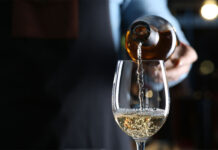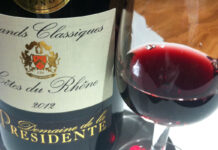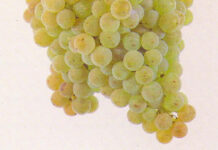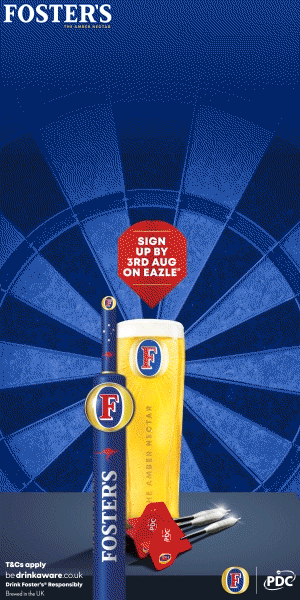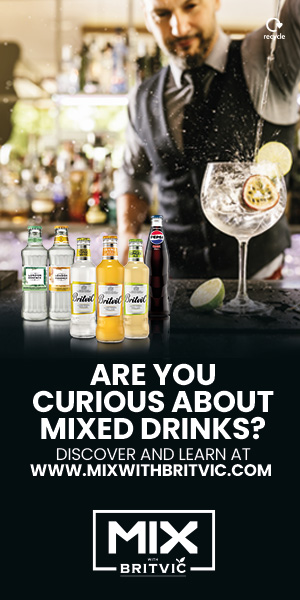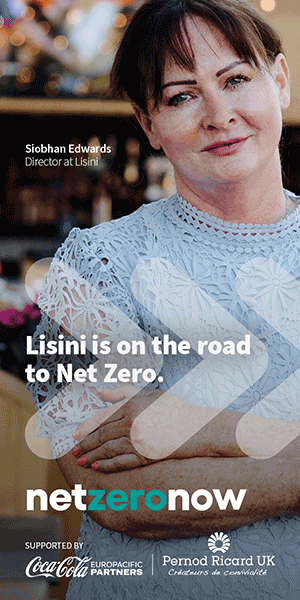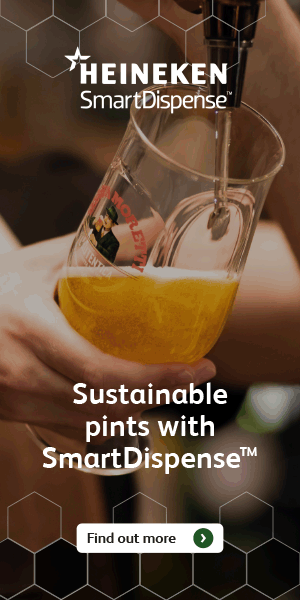Luke Richardson is a sommelier who has worked in a range of venues across the UK. In his column for SLTN he shares his thoughts on all things wine-related and answers your questions about wine. If you have a question for Luke email it to sltn@peeblesmedia.com

Hello again all.
I thought this month I would look at wine-based aperitifs as I feel that any extra that can be added to a bill in these times of financial recovery will hopefully make the process that little bit quicker.
So let’s start with the classic Kir and Kir Royale – white wine or Champagne respectively, with the addition of crème de cassis blackcurrant liqueur.
Kir has its origins in Burgundy in France, when, in years gone by, migrant workers employed for harvesting were given an allowance of wine per day – sounds like quite the perk! However, it was invariably fairly insipid and low quality Bourgogne Aligoté and the workers would mix it with a dash of aforementioned crème de cassis to make it more palatable. I’m happy to say that nowadays Bourgogne Aligoté is itself a high quality product, and the Kir remains as a great aperitif.
It was quickly taken on by the Parisians, who substituted their local wine (Champagne) and ‘Royale’ was appended to its name.
So, what makes a good Kir or Kir Royale?
Firstly, correct amounts of a good quality cassis. My preference is for Briottet but there are a number of brands available. The measure is quite small – around 10ml is easily enough for a 125ml wine, maybe 15ml for a 175ml; and the best way is to rinse the glass with the cassis – twist the glass as you pour the measure in, then slowly tip and twist the glass over a sink to try to cover as much of the interior of the glass with the liqueur before adding the white wine or Champagne.
In terms of suitable white wines or Champagnes, nothing too oaky or fruity is good; classic aperitif styles fit the bill – slightly acidic, simple wines available at a low price point. For most, this will be their house pour.
I would recommend not using cheaper sparkling wines and calling it Kir Royale – it is a great way to get your champagne BTG sales up, and the astringency of Champagne lends itself much better than other sparkling wines.
My suggestion would be to add £1 or £1.50 to your existing house prices. With both drinks one can always add more cassis if more sweetness/fruitiness is required – at £2 a shot, ideally served in a little jug on the side for the customer to add themselves.
Mentioning better value sparkling wines, Cava or Cremant de Bourgogne make decent alternatives for a Kir Royale-style drink, but I would shy away from using cassis; instead I would use another flavour of liqueur – raspberry, strawberry and elderflower all work well, as long as the liqueur measure is kept low.
Lastly, to use our most popular sparkling wine, let’s talk about Bellinis!
Originating in Harry’s Bar in Venice, the Bellini started out as fresh peach pulp topped up with Prosecco in a glass that had been rinsed with lemon juice. You could use a high quality peach sorbet but most people use a peach liqueur. Again, I would recommend Briottet Creme de Peche, but instead of rinsing the glass just add half a measure on top of the Prosecco. A nice touch is to twist some lemon peel over the top of the finished drink, spraying it lightly with lemon oil. In this case, I would add £2 to your price of a glass of Prosecco, and if using high quality peach sorbet maybe a little more.
Although these additions in revenue might seem small, it’s getting that extra sale in on the bill that will make a difference, so having blackboards advertising them dotted about and having your staff offering these drinks to your guests de riguer will no doubt help.
Happy aperitifing!


